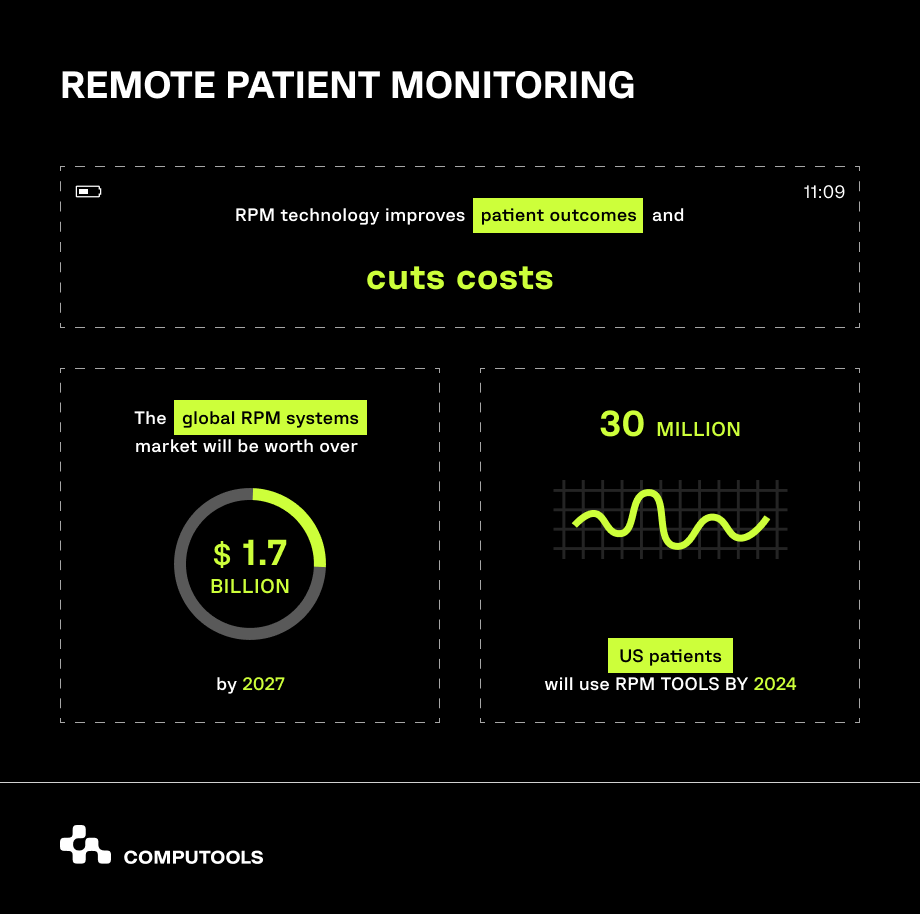The Future of Medical Care: Remote Person Keeping Track Of Streamlined
As health care continues to evolve, one area that holds tremendous assurance is remote person surveillance. With an emphasis on boosting individual results and enhancing health care shipment, remote monitoring is poised to revolutionize the industry.
Benefits of Remote Individual Tracking
Remote individual tracking presents a multitude of advantages for both health care suppliers and individuals alike. One considerable advantage is the capability to constantly keep track of patients' essential indications and health information remotely. This real-time monitoring makes it possible for health care companies to spot any worrying changes or fads quickly, resulting in very early interventions and possibly stopping medical emergency situations. Additionally, remote person tracking boosts the general quality of treatment by providing an extra extensive and all natural view of people' health condition past conventional in-person visits.
Additionally, remote person monitoring can result in better person results and satisfaction. Clients can take pleasure in the ease of obtaining treatment in the comfort of their own homes while still knowing that their health and wellness is being very closely checked. This can cause increased patient engagement and adherence to treatment plans, ultimately resulting in much better health and wellness results. Moreover, remote tracking can minimize the requirement for regular health center brows through, decreasing medical care prices for both providers and people. On the whole, the benefits of remote individual tracking are clear, making it an important tool in modern-day medical care delivery.
Technology Driving Remote Surveillance
In the realm of modern health care, technological innovations play an essential function in driving the development and effectiveness of remote person tracking. The assimilation of ingenious technologies such as wearable devices, mobile applications, and cloud-based systems has changed the method doctor remotely handle and monitor individual health - rpm software. These technologies allow continual real-time monitoring of crucial indicators, medication adherence, and various other crucial health and wellness data, enabling prompt interventions and customized treatment strategies
One key innovation driving remote surveillance is the Net of Things (IoT), which allows seamless connectivity in between clinical tools and healthcare systems. IoT devices such as smartwatches and wireless sensors gather and send person data to centralized platforms, assisting in remote surveillance from throughout the globe. Artificial intelligence (AI) and artificial intelligence algorithms additionally enhance remote surveillance by assessing vast amounts of client data to find patterns, forecast wellness patterns, and alert doctor to potential issues.
Effect On Healthcare Distribution
With the assimilation of innovative modern technologies driving remote person tracking, the effect on healthcare delivery is becoming increasingly extensive and transformative. Remote client monitoring permits doctor to provide more individualized and positive care to people, bring about enhanced health end results and decreased medical facility admissions. By remotely tracking essential indications, symptoms, and medicine adherence, healthcare specialists can step in early, avoiding difficulties and improving the total high quality of treatment.
Additionally, remote monitoring boosts access to medical care services, specifically for individuals in country or underserved locations. Individuals can receive constant monitoring and assistance from their homes, eliminating the requirement for constant in-person sees. This not only saves time and lowers costs for both people and healthcare centers but likewise decreases the risk of direct exposure to infectious illness, a critical consideration in the present health care landscape.
Additionally, remote client surveillance enables doctor to better prioritize and designate resources care based on real-time information. By recognizing risky clients and stepping in without delay, healthcare delivery ends up being a lot more effective and efficient, inevitably leading to a more sustainable and patient-centered health care system.
Improving Client End Results

Furthermore, RPM allows for positive administration of chronic conditions, lowering the chance of intense worsenings and healthcare facility readmissions. Individuals benefit from enhanced convenience and convenience, as they can obtain care in their own homes while remaining linked to their health care companies. This continuous monitoring not just improves patient satisfaction yet likewise fosters a feeling of empowerment and involvement in their very own health and wellness management.
Future Trends in Remote Surveillance
Accepting sophisticated technologies in remote individual surveillance is shaping the future landscape of health care delivery. One considerable fad is the raised use of wearable gadgets and sensing units to accumulate real-time information, enabling health care carriers to monitor clients constantly without the demand for frequent in-person check outs.

Additionally, telehealth systems are coming to be more sophisticated, enabling for digital consultations, remote diagnosis, and remote client keeping track of done in one incorporated system (software for remote patient monitoring). This alternative technique to remote surveillance is simplifying medical care delivery, enhancing person fulfillment, and eventually, enhancing total top quality of care
Conclusion
To conclude, remote client tracking provides various advantages in health care shipment, driven by developments in innovation. It has the prospective to improve patient outcomes and revolutionize the way medical care is supplied. Future fads in remote tracking will remain to shape the landscape of medical care, giving possibilities for more customized and efficient individual care.
Remote patient tracking provides a wide range of benefits for both medical care suppliers and individuals alike. Additionally, remote patient surveillance improves the overall top quality of care by providing an extra all natural and thorough sight of clients' wellness condition beyond standard in-person check outs.
Moreover, remote individual monitoring can lead to better client end results and fulfillment. Remote patient tracking allows health care providers to supply more tailored and proactive treatment to patients, leading to enhanced wellness outcomes and minimized medical facility admissions. Remote person monitoring (RPM) plays a considerable role in improving patient outcomes by giving constant, real-time information that makes it possible for health care carriers to intervene immediately and readjust treatment plans as needed.